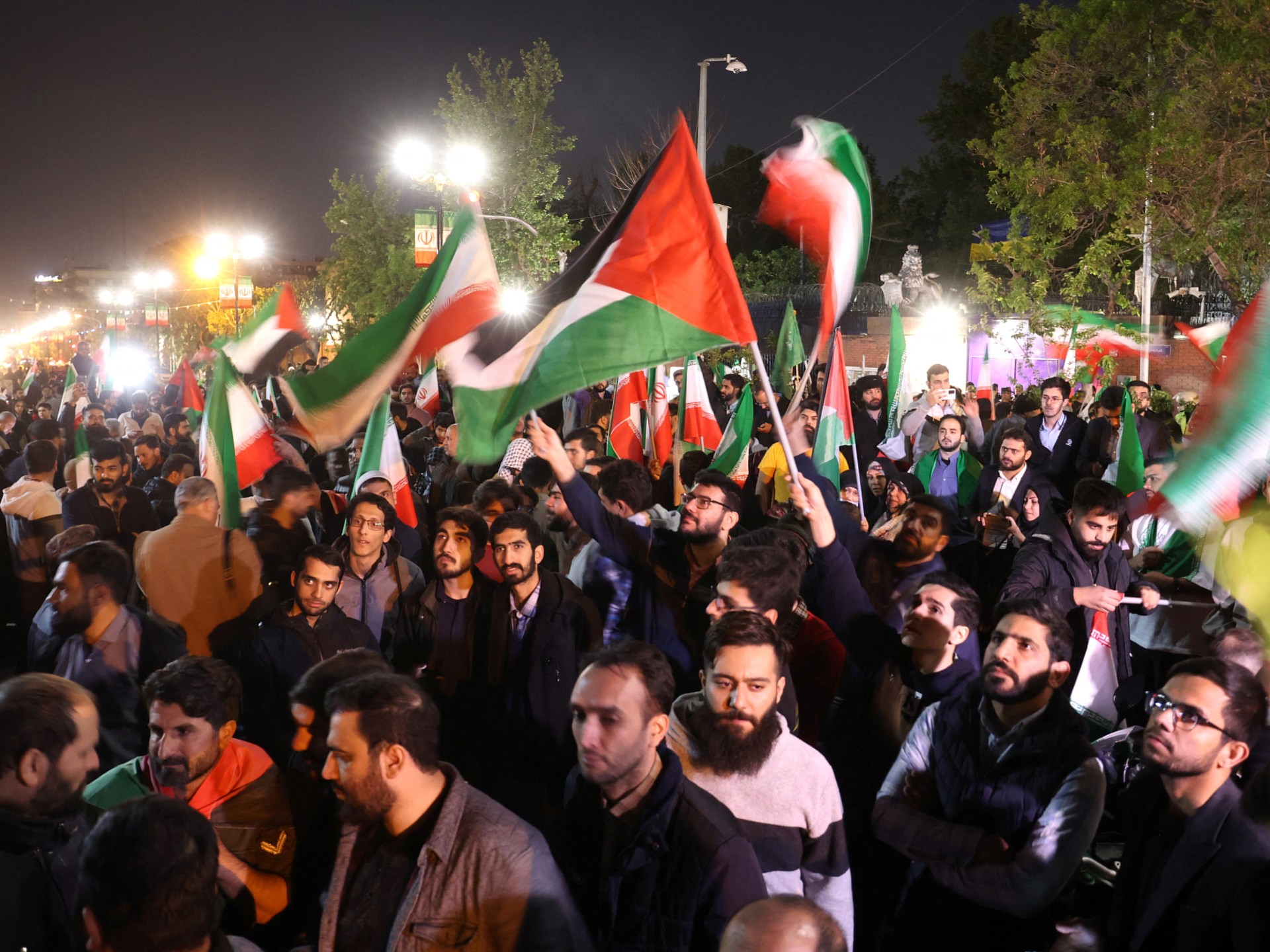State proposes cut in Israel loans
The State Department views the fence construction and continued expansion of bypass roads for settlers as an effort by Israel to establish "facts on the ground" while the two sides are negotiating the "road map" peace plan. Israeli Prime Minister Ariel Sharon and his conservative allies in Washington, have long believed the State Department is insufficiently supportive of Israel’s security concerns. Mr. Sharon, in particular, has routinely ignored State Department utterances, preferring to deal directly with the White House. Secretary of State Colin L. Powell has stressed that the Bush administration remains opposed to the proposed route of the security fence, rejecting efforts by Mr. Sharon’s office in Jerusalem to suggest that an understanding had been reached on the matter between the prime minister and Mr. Bush. The barrier, of which the first 80-mile section was completed last week, topped the agenda when Mr. Bush met Mahmoud Abbas, the Palestinian prime minister, last month in Washington. A map produced by the Foundation for Middle East Peace, a Washington think tank that claims to have seen evidence of the Israeli Defense Forces’ (IDF) plans, shows 40 percent of the West Bank surrounded by the 200-mile fence. The foundation, whose report has been seen by Bush administration advisers, says the projected final route is based on evidence from within the IDF, from contractors employed to build the barrier and from Jewish settlement leaders who have been consulted on its route. Neither the Israeli army nor the government has released maps of the fence. The foundation’s map shows the barrier carving deep into the West Bank to surround existing Jewish settlements and with a route that could eventually surround a truncated Palestinian area by slicing through the eastern side of the West Bank to cut off the Jordan valley. In a recent interview with an Israeli newspaper, Pinchas Wallerstein, a prominent settler leader, confirmed that his community was influencing the route of the fence in order to get "maximum Jewish population with minimum Arab population over maximum area." Michael Tarazi, a legal adviser to the Palestinian Authority, said, "Through our own research we have come up with a similar map" to the foundation’s. "The implications are serious and show that while Mr. Sharon may talk about a Palestinian state, in reality all that he has in mind is a glorified reservation." According to the foundation, the route being carved appears to fit not only with the settlers’ thinking but also Mr. Sharon’s historical strategic objectives, which include the retention of command over the area between the Jordan River and the Mediterranean Sea, and the separation of Arab populations in Jordan and Egypt from the Palestinians. The foundation also argues that the route appears to fit not only with the settlers’ thinking but also Mr. Sharon’s historical strategic objectives — which include the retention of command over the area between the Jordan River and the Mediterranean Sea, and the separation of Arab populations in Jordan and Egypt from the Palestinians. "The map shows that, if anything, this is not a means of ending the occupation but a way of consolidating it," said Geoffrey Aronson, the foundation’s deputy president and the report’s author. "This helps only to create conditions under which Israeli settlements can remain for the foreseeable future. That is clearly what they intend." After his meeting last week with Mr. Abbas, Mr. Bush described the fence as a "problem" for Middle East peace and asked Mr. Sharon to halt work on it. Mr. Sharon shrugged off the request and vowed the work will continue. Mr. Bush subsequently said he realized the issue is sensitive and made no firm commitment to try to influence Israel’s thinking on the route.


